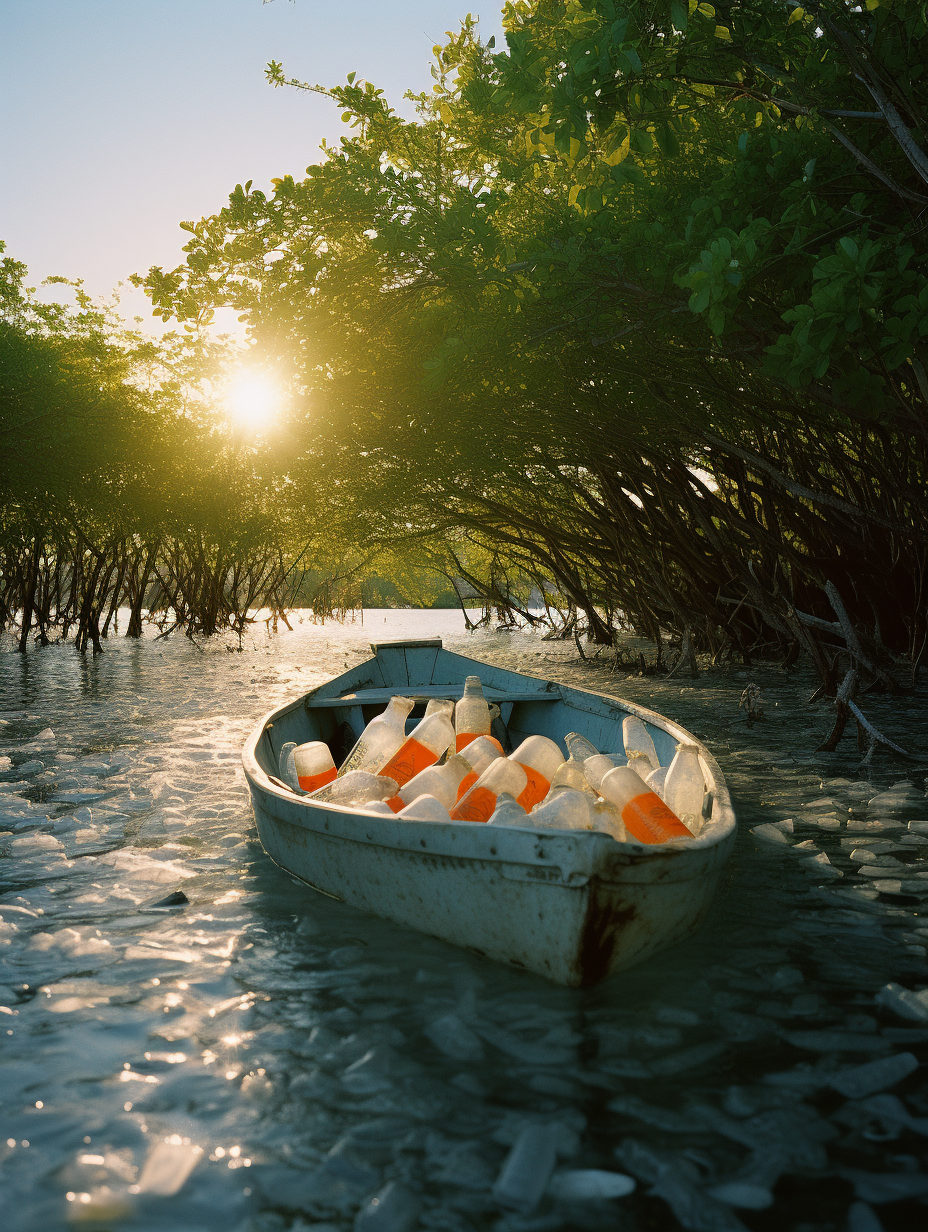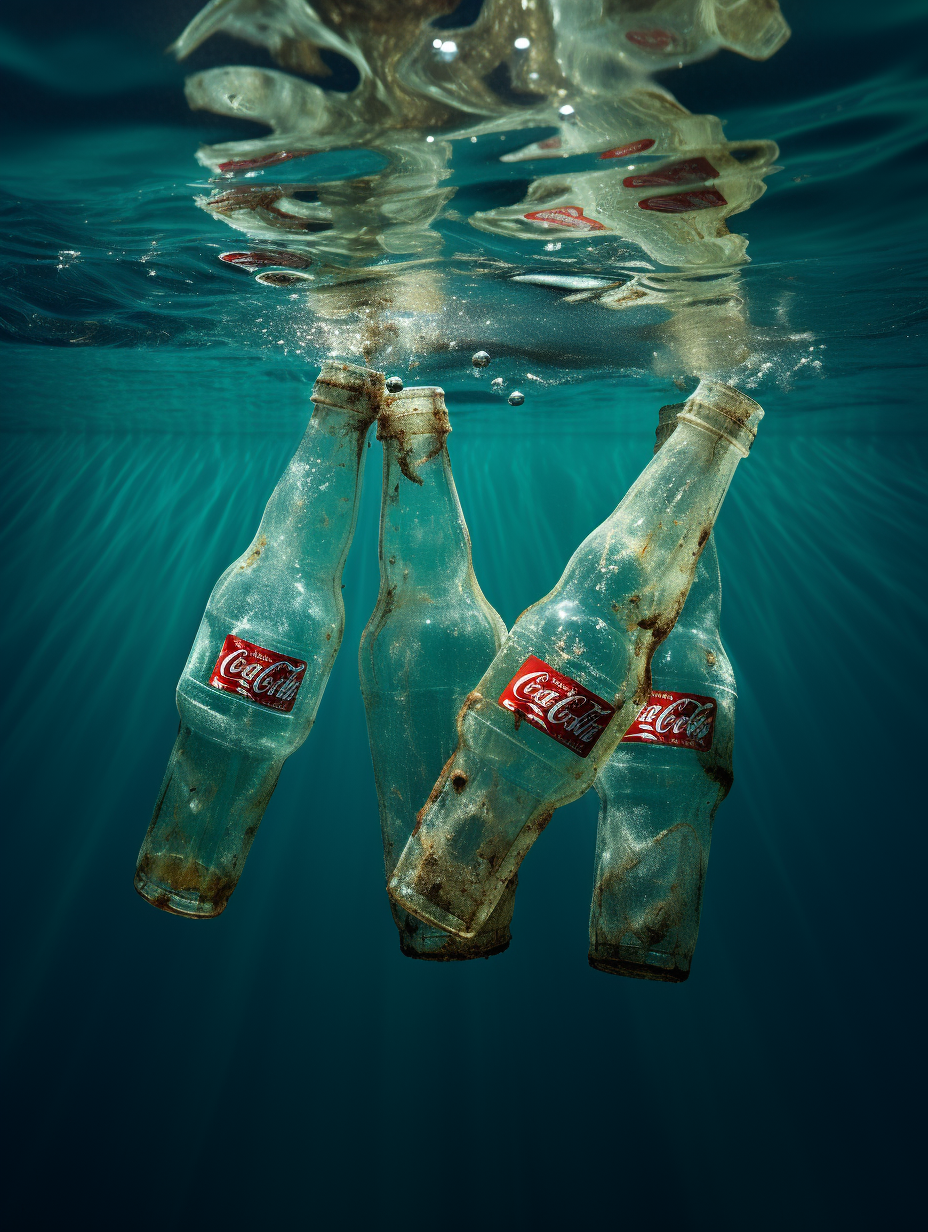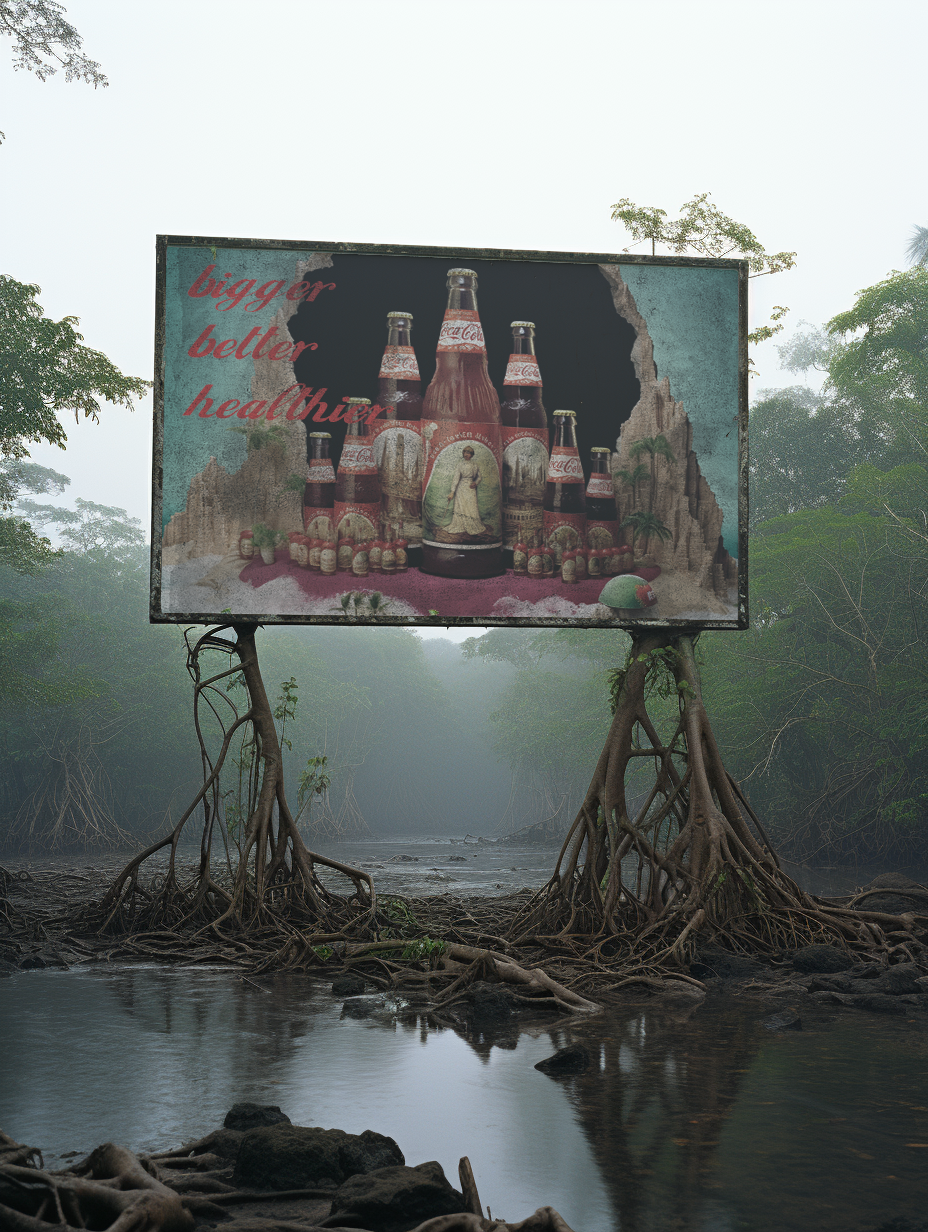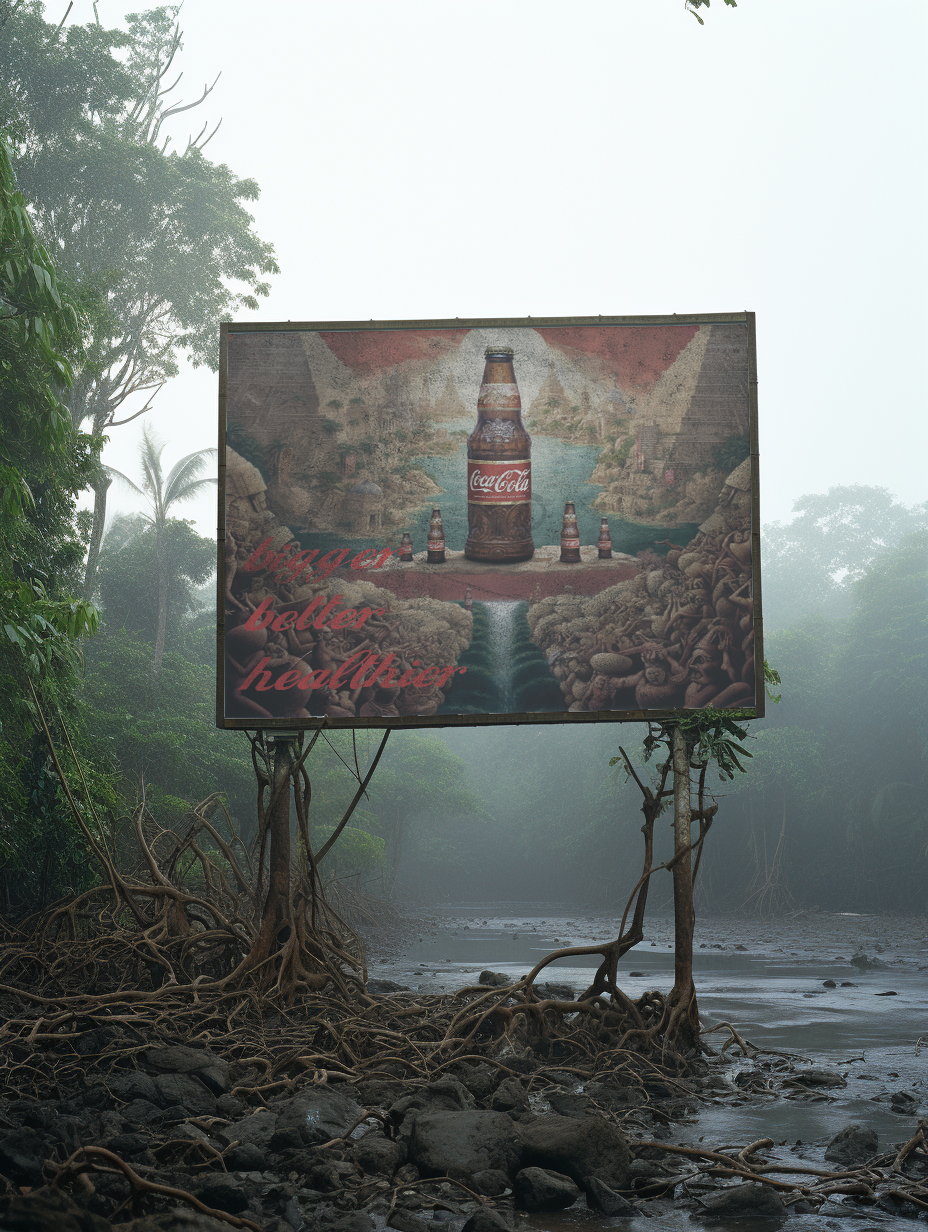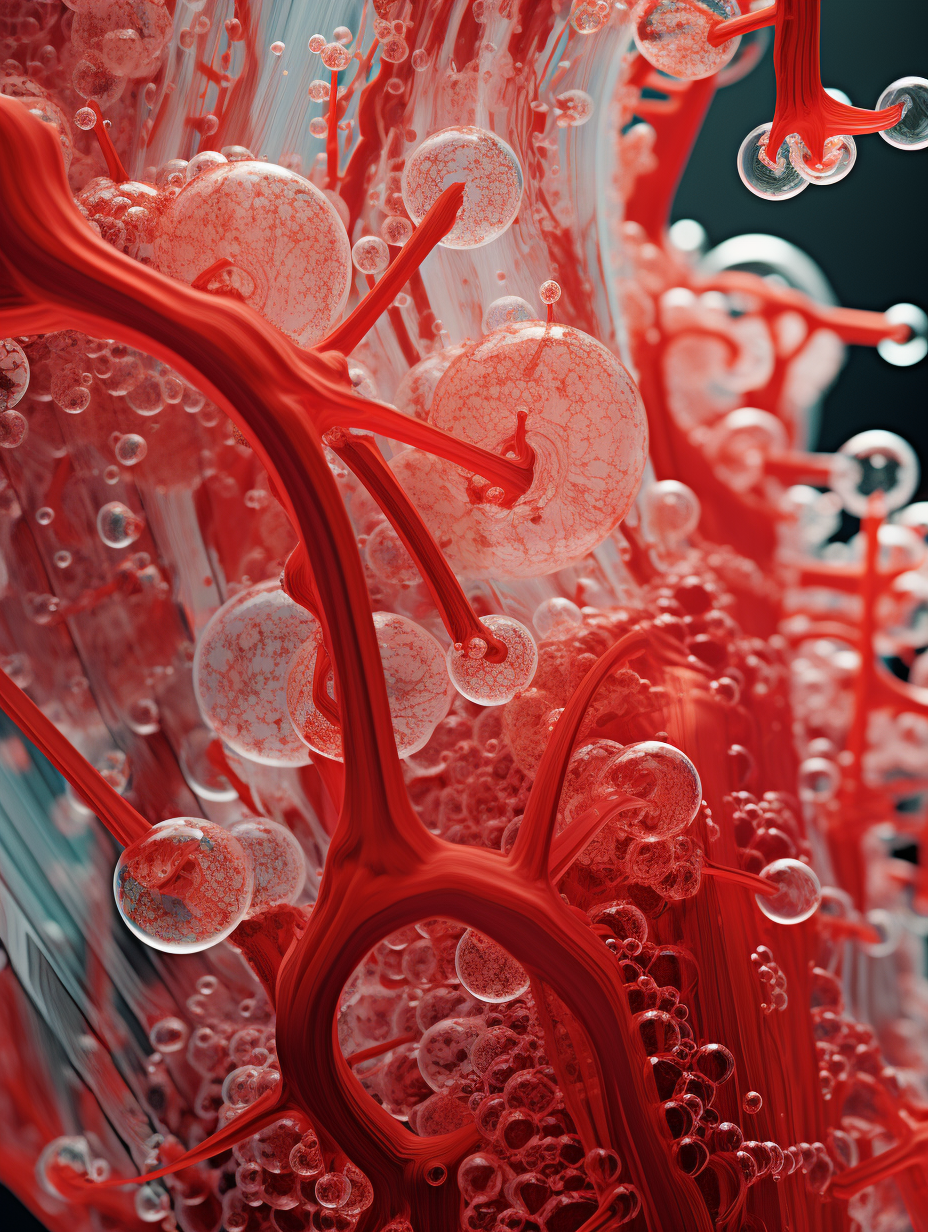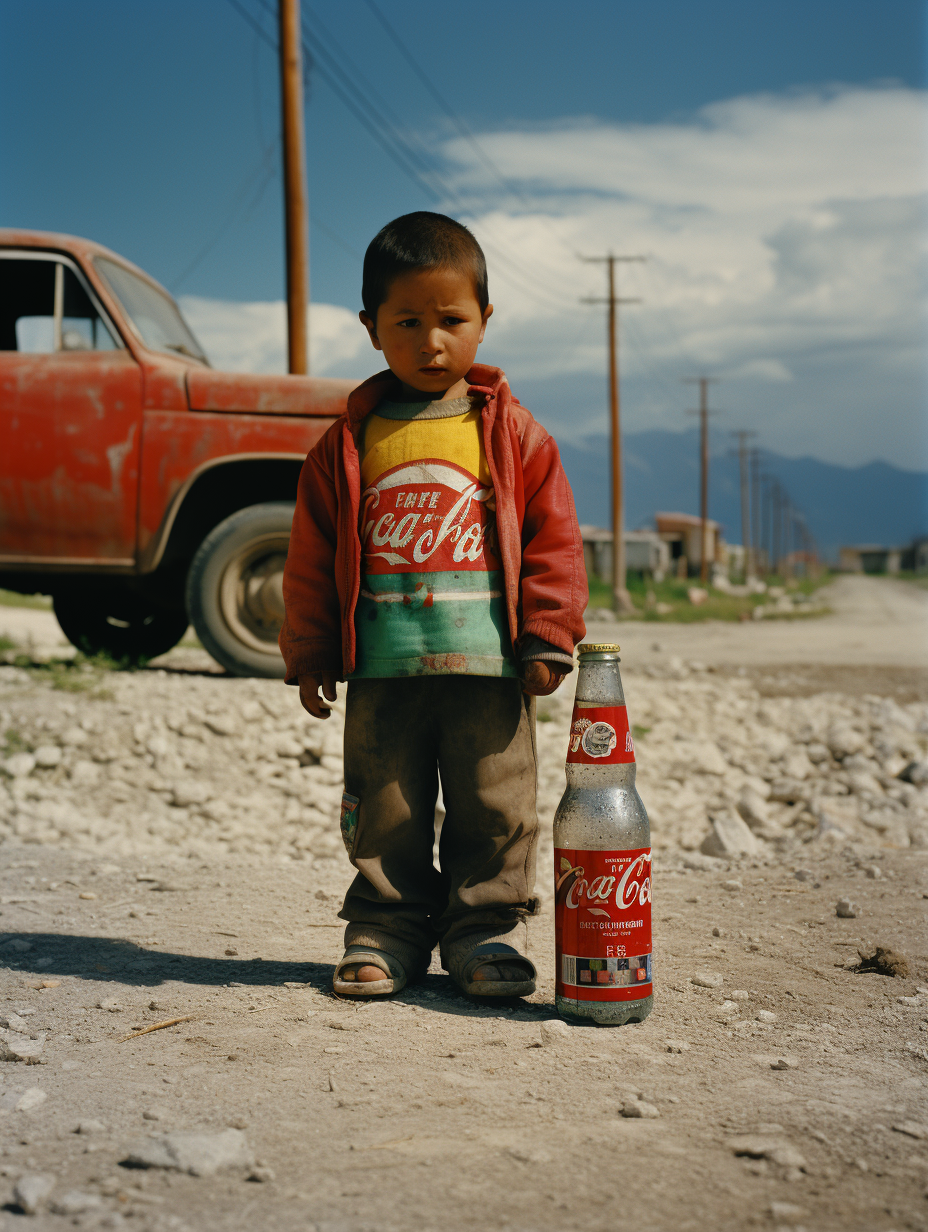CCC
2023
Project for the Residency in Merida, Mexico
Land Salzburg Kunst und Kultur
Universidad de las Artes de Yucatán (UNAY)
La Cupula
Description
In this project, we delve into a dystopian scenario where a country grapples with a resurgence of soft drinks, leading to a severe public health crisis characterized by diabetes, obesity, and shortened lifespans. Government regulations prove futile as corporations actively promote and profit from sugary beverage consumption, especially targeting infants and children. This narrative underscores the stark contrast between dire health consequences and profit-driven marketing, culminating in the nation's inundation with unhealthy products.
A publication and various objects were crafted during a residency in Merida, Mexico.

Objects
During the residency, oversized Coca-Cola bottles (20L and 5L) were created to emphasize the prevalence of soft drink usage in the area. In accordance with the text, a baby bottle was also designed. Additionally, discarded bottle caps were collected from the streets to highlight the environmental impact. One of the created objects symbolizes the sea, underscoring capitalism's profound influence on society and the world.




Publication
can also be viewed here
Once again, soft drinks are inundating the country, much like they did decades ago. We navigate our boat through the mangroves, which have now spread throughout the Yucatan Peninsula. Just like the water, where empty cans, bottles, and caps float aimlessly.
It would still be sensible to collect the litter, but at this point, everything is already contaminated, and the plastic no longer makes any distinction. Some creatures might still eke out a living beneath the garbage, but it's far too perilous to consume anything from this monstrosity. Chemicals, oil, and pollutants have entered the water due to rising sea levels. We are continually astounded by how the plants manage to survive while it remains challenging for us humans. We steer clear of contact with the foam drifting in the water, enveloping the roots and branches, as too many people have suffered diseases or burns from it. Since then, we've developed a profound respect for the sea and water.
We now only move from one settlement to another, consistently encountering remnants of what was even more devastating for us than the flooding of the peninsula: drifting soft drink bottles or advertisements enticing the consumption of new products. It was the mass mortality of the population due to diabetes, obesity, and related causes of death. Various factors contributed to this, but one thing was indisputable: the excessive consumption of calories and sugar.
The government's efforts to control the issue were in vain, due to loopholes and people's insatiable desire to consume these foods. The corporations' marketing machinery pursued greater profits and less regulation, leading them to introduce larger and more alluring products into the market.
Currently, we pass one of these billboards displaying ever-expanding products designed to lure people into consuming even more of this substance. Health concerns were either downplayed or obscured. In truth, it became unnecessary. The majority of the population was already addicted to this sweet gold. They either ignored or denied the concerns. Absurd scenes unfolded as people offered soft drinks as tributes at diabetes-related funerals or raised their glasses with soft drinks in honor of the deceased.
Dedicated researchers did their utmost to avert further fatalities. They suspected connections between the genetics of Yucatan's residents and diabetes, as well as obesity. They made efforts to explore preventive measures, but, by early years, most individuals were already overweight and sugar-dependent. Children and teenagers were notably obese, and fast food and soft drinks dominated their diets. American brands were exalted and seen as virtuous. The government sought to enlighten the populace and forestall a medical catastrophe, but the messages on the packaging remained unclear and incomprehensible to the people.
In subsequent generations, the predicament became further ingrained as children mimicked the habits they witnessed in their parents, ultimately leading to shortened lifespans.
Naturally, the companies and their owners wanted no part in this health awareness frenzy, as their profits hinged on the number of individuals consuming their products. They initiated new product lines with the goal of selling more of this 'black gold.'
Their primary target was infants, aiming to establish an early addiction to their products. They achieved this by introducing baby bottles that allegedly contained a liquid meant to enhance the growth and development of vital physical attributes during the early years. When scientists refuted these claims and found no substantial benefits compared to alternative products, the companies shifted their focus to promoting reduced sugar content. Unfortunately, the scientific evidence went largely unnoticed, as many found these petite bottles charming when associated with newborns.
Gradually, the companies introduced oversized bottles. Initially, the move was rationalized as a strategy to reduce waste and discarded bottles. However, the underlying objective was to reduce water consumption and shift people's preference toward soft drinks. Thus, they introduced 5-liter bottles, and when the public adapted, they introduced 20-liter bottles for home use, replacing water even in public spaces.
The manufacturers reaped substantial profits, while the country was inundated with this dark liquid.




